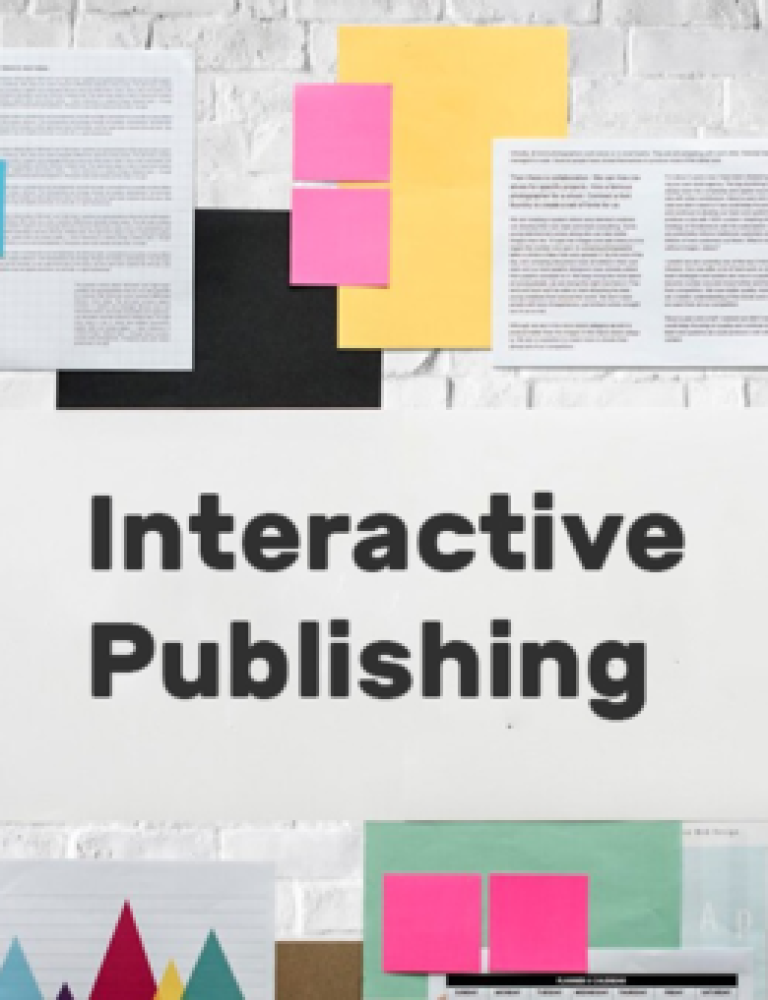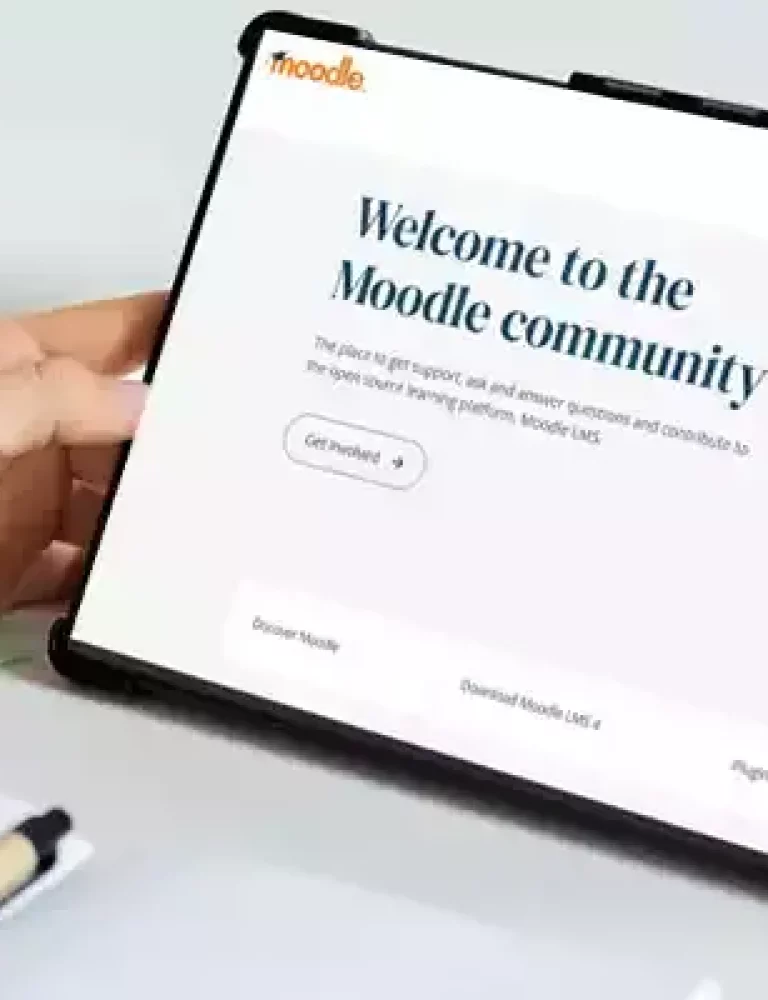In the contemporary age, eBooks stand out because of their dynamic and interactive features. Especially for readers who prefer a more engaging and immersive reading experience, interactive eBooks take the spotlight.
Interactive eBooks not only offer traditional written content but also incorporate multimedia elements, which ultimately create a holistic and enriched reading experience. This way, readers transcend the role of mere spectators and actively engage as participants in the narrative.
Read on as we take you through how interactive content surpasses static content in terms of reader involvement and comprehension.
We’ll also discuss different types of multimedia elements that contribute to a more immersive experience, from interactive graphics to audio-visual enhancements.
Let’s dive in!
Table of Contents:
I. Interactive Vs. Static Content
II. Types of Interactive Content That Keep Digital Readers Engaged in 2024
III. To Conclude
Interactive vs. Static Content
Whether you’re creating a webpage or an eBook, whether you’re a business aiming to attract customers or an educator seeking to captivate students, the inclusion of interactivity can yield notably higher engagement compared to static content.
Now, let’s explore the distinctive features that set these two types of content apart from each other.
Interactive Content
- Interactive content evolves or changes based on user input.
- Interactive content gives control of the eBook to the users through options and feedback, using which readers can change it.
- Interactive content elements may require a professional hand to design and place into an eBook, increasing the initial costs of creating eBooks.
- Interactive content is reusable. The interactive modules you create for use in one eBook can be repurposed for use in your next eBook as well.
Static Content
- No matter what the user does on the eBook or webpage, static content remains the same.
- No matter what the user does on the eBook or webpage, static content remains the same.
- Static content is admin-defined and does not require any kind of user input. It does not change once published.
- Static content is extremely cost-effective, as it can be created by anyone and put into an eBook using text-based apps (like MS Word.)
- Static content is not reusable. It needs to be created from scratch for every new use case.
Digital textbook platforms like KITABOO, on this note, offer a prime example of how interactivity transforms the learning experience. As a versatile tool for educators and learners alike, the platform goes beyond the limitations of traditional static content, providing features such as interactive quizzes, multimedia integration, and collaborative learning modules.
Types of Interactive Content That Keep Digital Readers Engaged in 2024
Here’s a snapshot of the top interactive content types shaping digital reading experiences in 2024:
AR (Augmented Reality)
Augmented reality, or AR for short, is a powerful tool to incorporate interactivity into your eBooks. Let’s understand this with an example. Physics lessons often involve an understanding of mechanics and how gearworks move. Through a text-based eBook, it can be hard to keep the students engaged in such complex concepts as these.
By using AR modules, the textbook can come to life by leveraging the demonstrative power of the technology to simulate how, for example, an engine works or how an electric motor turns.
Images
Using high-quality images immediately entices users to take a good look at the details. Think of it this way: using grainy images of an electric motor wouldn’t explain things as clearly as using high-definition pictures that show all its parts clearly.
‘A good rule of thumb is to use images at 100% size with a minimum resolution of 300 dpi (dots per inch). This makes them detailed enough not to split apart into pixels, even when the users zoom in.
Videos
Videos are known to enhance reader engagement by keeping them hooked on the information being delivered. However, it is crucial for the video files to be optimized for their size because readers access eBooks through a variety of devices.
Remember, optimizing your videos for these aspects makes the eBook lighter and easier to download across a range of devices. So, whether you’re crafting educational content, telling a captivating story, or providing informative material, consider the importance of video optimization.
Additionally, ensure that the videos you include are edited professionally and have all the accessibility features that inclusivity requires (like voiceovers and captions).
Hyperlinks
Hyperlinks are an extremely functional and useful interactive addition to your eBooks. This is because they provide the reader with expanded opportunities to learn more about the same subject if they wish.
There are two types of hyperlinks: internal and external. Internal hyperlinks link to the content within the eBook itself and are crucial for quick navigation. External hyperlinks redirect to cited sources, references, augmented reading, related reading, websites, products, etc., that you want to include in the eBook as a value addition for the readers.
Maps
Maps are a handy interactive addition to books that talk frequently about locations. For example, for eBooks in the fiction-fantasy genre, imaginary maps can be added to various parts of the book where the author has referred to directions or locations. It enhances the reading experience in multiple ways and keeps the readers engaged.
Additionally, maps can also be leveraged for historical books to depict how geographies and political boundaries were different in the past and how they have changed.
Quizzes
Frequent readers often develop the habit of skimming through pages, hindering their ability to retain information effectively. Addressing this challenge is achievable through the strategic use of interactive quizzes.
Not only do quizzes reinforce comprehension, but they also add an element of gamification, transforming the learning experience into an interactive and rewarding journey.
Audio Clips
Audio clips are an essential addition to making an eBook interactive. This is because using audio clips creates a two-way immersive experience for the readers, whether they use the narration feature or listen to sound effects that playback as they read further sections.
Keep in mind that the quality of audio should be higher than 256 kilobits per second, and the format of the file is .mp3. It ensures that the audio is of high fidelity and is compatible with a wide range of devices.
To Conclude
With the availability of easy digital publishing solutions, it has become easier to create interactive eBooks using simplified methods. Many of these platforms support one or all of the interactive elements discussed above.
KITABOO is a unique digital textbook platform that offers more than just these basic interactive elements to make thoroughly engaging interactive eBooks to engage digital readers.
With the help of this platform, you can create holistic reading experiences using advanced interactive elements like gamification and personalization, in addition to the fundamental interactive features mentioned earlier.
Connect with us to learn more!
Discover How An Ebook Conversion, Publishing & Distribution Platform Can Help You
Kitaboo is a cloud-based content platform to create-publish & securely distribute interactive mobile-ready ebooks.
You May Also Like









